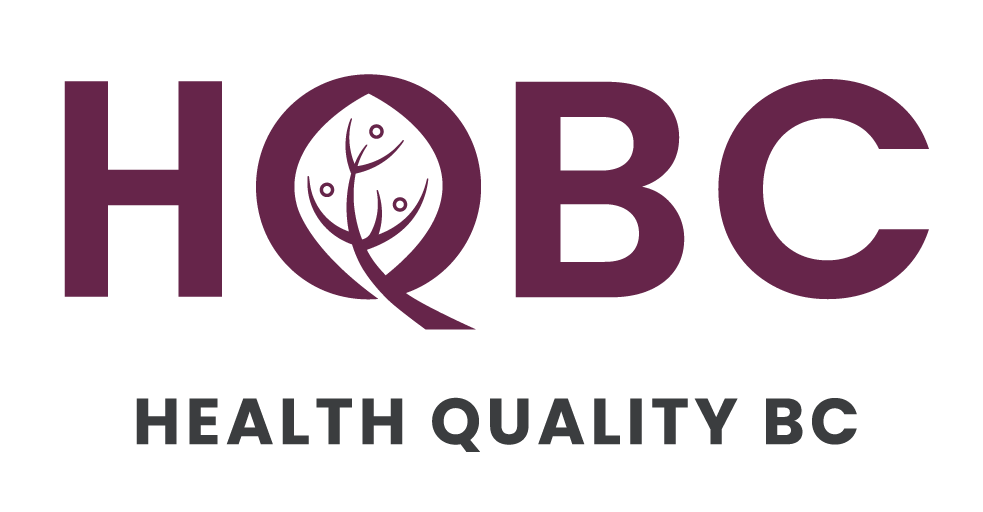The Matrix is Helping Vancouver Coastal Health Adapt to High-Quality Virtual Services
The BC Health Quality Matrix provides a shared definition of quality for British Columbia’s health care system. We’re often asked how to apply the definition of quality in health care settings, so here’s a great example of how a team at Vancouver Coastal Health adapted the Matrix into a checklist used to highlight the dimensions of quality when implementing new virtual health services.
At the onset of the COVID-19 pandemic, many different services and programs at Vancouver Coastal Health pivoted quickly to offering virtual health services such as video visits, virtual interpreters and e-prescriptions. With virtual health evolving at such a fast rate, was the quick pivot to virtual health services impacting quality of care for patients and families?
To understand the impact of moving quickly to virtual services, Megan Stowe and the Virtual Health team at Vancouver Coastal Health (VCH) adapted the Matrix into a simple and quick yes/no checklist. The checklist is used to highlight the dimensions of quality that are impacted by the introduction of virtual health.
Virtual health represents connection from a distance, which makes the journey that happens before and after the visit so important. It’s more than just acquiring a license to Zoom, but rather a plan to evolve and improve care through a quality lens.

Megan and her team used the Matrix to break down the components of quality into a relatable series of questions. “No” responses to trigger questions flagged the team to dive deeper into the aspect of virtual care the question addressed. “No” responses don’t mean that a virtual visit is the wrong way to approach care for a specific population, rather they create pauses to allow for thoughtful decision making.
The quality checklist became a conversation opener, an opportunity to work through questions and a way to explore opportunities and highlight gaps. It allowed ideas to surface that services or programs could use to develop their own unique virtual health strategies.
For example, VCH’s Virtual Health team uses the framework when they receive requests from other teams to implement Waitwhile, a virtual waitlist app which allows patients to join a virtual line and receive text updates when it’s their turn. The trigger questions help to assess if the app is the right tool to manage the waiting room process for the team which requested the review. It’s about implementing the right tool, in the right location for the right reasons. The Waitwhile app may not always be the right solution, as it can’t solve timing or scheduling issues, for example.
The team now uses the quality checklist whenever it is asked by others within VCH to help ensure that transitions to virtual services support the delivery of high-quality care. It provides a safety check to make sure that virtual interventions are the most appropriate for specific patient populations, while helping refine which issues need to be addressed and the best ways to move forward.
Kudos to the Virtual Health team at Vancouver Coastal Health for integrating the Matrix into the work!
How have you used the BC Health Quality Matrix in your work? Have you used it to provide consistency in what quality means in your service area, to narrow in on a quality improvement idea or to develop metrics to evaluate a change idea? We’d love to hear your story! Email us at info@healthqualitybc.ca.
Download the BC Health Quality Matrix here to initiate, maintain or guide work throughout the life cycle of your project, program or strategy.


